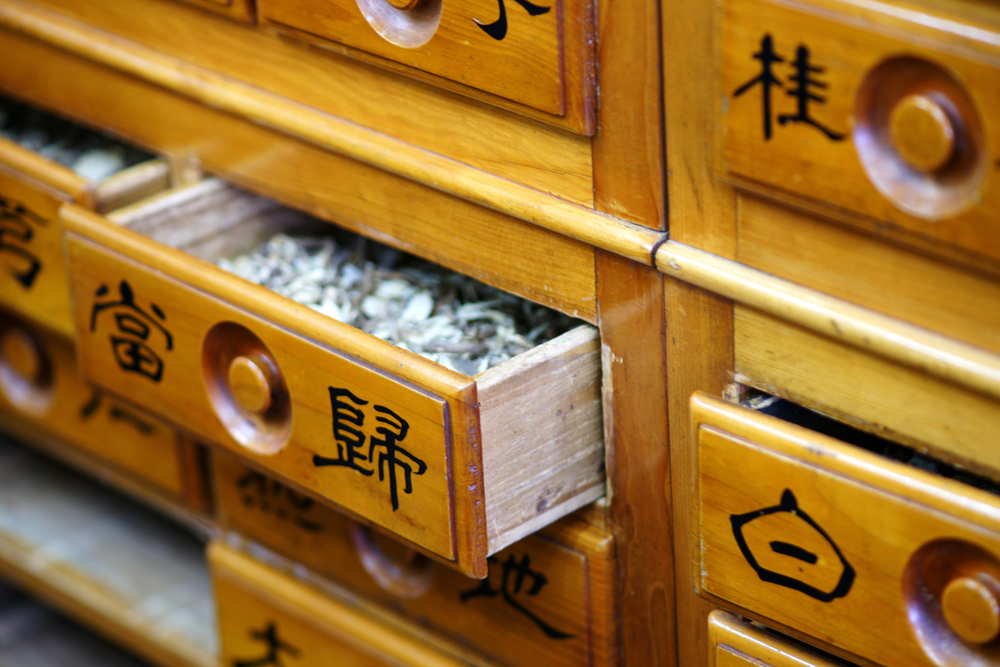Traditional Chinese Exercises Might Assist COPD Patients
Written by |

COPD is a major global public heath issue. According to a study in the Lancet, 329 million people have COPD worldwide, which accounts for nearly 5% of the world’s population. In 2013 alone, 2.9 million people died from the disease throughout the world, up from 2.4 million deaths registered in 1990. The main cause of COPD is smoking, however, poor living conditions contribute to the development of the disease as well, where populations cook indoors using unhealthy burning fuel and poor ventilation. Due to the prevalence of smoking and poor living conditions, the disease is expected to increase and continue to be a major health burden. As of 2010, COPD resulted in $2.1 trillion in health costs globally.
Researchers are currently searching for novel therapeutics that can reverse the damage caused to the lungs in COPD, however, alternative therapies for improving the lung health of those with COPD are also being explored in studies. One such therapy recently examined an eastern remedy called Liuzijue qigong.
Liuzijue qigong (LQG) is a group of meditative movements and breathing patterns that are practiced by over 100 million individuals in China. In a recent study published in the Journal of the American Geriatrics Society, patients with chronic obstructive pulmonary disease (COPD) whose disease entered remission and that were randomized to LQG have shown major improvements in their general health, lung function, mental health and quality of life after six months in comparison to patients that were randomized and selected for a control group.
The LQG program consisted of four 45-minute sessions once per week, plus daily walking for about 30 minutes. The control participants did not participate in Liuzijue qigong, but did walk each day for about 30 minutes. The primary outcome that researchers measured was functional lung capacity, while secondary outcomes measured quality of life metrics.
Results from the study showed that at a 6-month follow up, the LQG group had greater improvements in all major study areas: their 6-minute walk test (P = .02); specific airway conductance (P = .02); monitored functional task evaluation (P = .04); Medical Outcomes Study 36-item Short-Form Health Survey (SF-36; general health (P < .001), mental health (P = .03)); Chronic Respiratory Questionnaire (dyspnea (P = .05), emotion (P = .05), and mastery (P = .04).
After 6 months, the control group only showed significant improvement in the SF-36 mental health measurement.
The researchers concluded that LQG clearly promoted functional lung capacity and improved quality of life in older adults who had COPD in remission after 6 months. They believe that the alternative therapy is “a good alternative home exercise program for older adults in the rehabilitation of COPD” and works well with other prescribed therapies.




